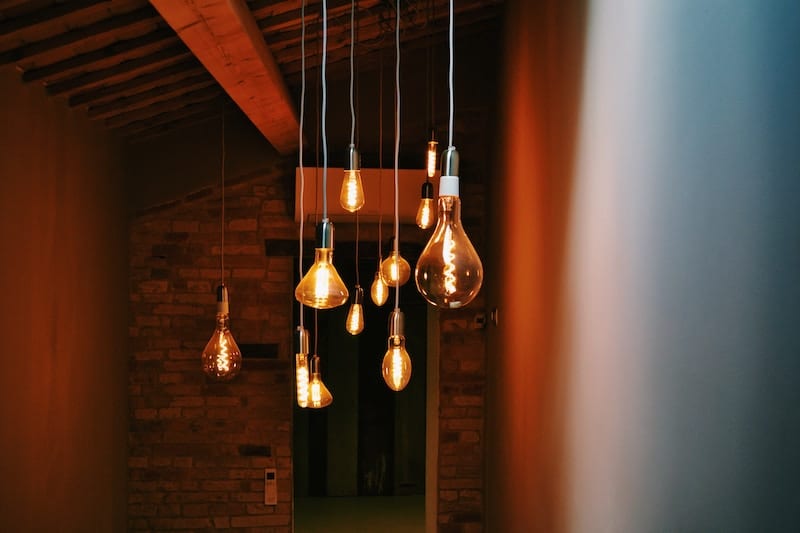Lighting Safety 101: Preventing Common Electrical Hazards
Whether it’s a small start-up or a large corporation, businesses of all sizes must prioritize lighting safety to ensure the well-being of their employees and prevent electrical hazards. A well-lit workspace is not only crucial for productivity and morale, but it also plays a significant role in preventing accidents caused by inadequate lighting. This guide aims to emphasize the importance of proper illumination in business environments, and provide valuable insights on how to identify and mitigate common lighting hazards. When you equip yourself with the right knowledge, you can create a safe and productive workplace for all.
Identifying Common Lighting Hazards
One of the first steps toward ensuring a safe and well-lit environment is to identify potential lighting hazards. These can range from using outdated or faulty light fixtures, and improper use of extension cords, to poorly lit areas that can lead to accidents like trips and falls. It’s crucial to conduct regular inspections and pay particular attention to high-risk areas such as staircases, warehouses, and basements. By maintaining an active role in inspecting and addressing these hazards, businesses can significantly reduce the risk of lighting-related accidents and injuries. This also includes making sure that light fixtures are correctly installed and properly maintained, as well as taking the necessary steps to protect workers from extreme temperatures or glare.
Choose Wooden Poles for Outdoor Lighting
When it comes to outdoor lighting, wooden poles are the most preferred option as they are more resistant to corrosion and last longer than metal poles. Additionally, wood has a natural insulating effect which prevents electric shocks in case of contact with moisture or water. Furthermore, wooden poles can be easily painted or stained to match any environment design. Whether you decide to look at the utility poles from ledlightingsupply.com, or go with a local supplier, make sure to find the right poles for your outdoor lighting needs. The material you choose should be resistant to extreme weather conditions and have a long-lasting warranty. Different kinds of wood have different advantages and disadvantages, so it’s important to do research before selecting the best option for your business.
Utilize Smart Lighting Technology
Technology has changed the way we light our spaces, and businesses are now utilizing smart lighting technology to increase efficiency and reduce energy costs. Smart lighting is a great way to ensure that areas are well-lit but also remain energy-efficient. Additionally, using LED lighting can reduce glare and eyestrain for employees, which can lead to improved productivity. Smart lighting systems are also easier to control because they allow you to make changes or adjust the lighting levels with just a few clicks on your computer or smartphone.
However, businesses must also take into account the security risks connected to smart lighting technology. It is crucial to regularly update your system to the latest version and implement robust encryption and authentication measures to safeguard against potential cyber-attacks. Furthermore, companies should carefully consider the privacy implications of data gathered through smart lighting systems and guarantee the secure storage of any collected information.
Emergency Lighting: A Must-Have Safety Measure
Emergency lighting is indispensable in maintaining safety standards in any business environment. These systems are designed to switch on automatically during a power outage, providing adequate illumination that allows employees to locate emergency exits and evacuation routes efficiently. Regular testing and maintenance of emergency lighting systems are absolutely critical to ensure their functionality when it matters most. Not only is it a legal requirement in most jurisdictions, but it also showcases a business’s unwavering dedication to employee safety. With a dependable emergency lighting system in place, not only can we minimize panic during blackouts, but we can also significantly reduce the risk of injuries caused by accidents in the dark. Let’s illuminate the path to safety together!
Regular Training on Lighting Safety
Educating employees about lighting safety is just as important as implementing safety measures. Regular training programs can enable workers to understand potential hazards, safe practices, and emergency procedures better. These sessions can include topics such as safe use of electrical equipment, proper maintenance of lighting fixtures, and correct response to lighting-related emergencies. It’s beneficial to supplement these training sessions with visual aids or demonstrations for better comprehension. Remember, an informed and vigilant workforce is your best bet against lighting hazards. Let’s shine a light on safety and make workplace accidents a thing of the past.
In conclusion, lighting safety in business environments is an integral aspect of overall workplace safety. By identifying and mitigating common lighting hazards, choosing the right materials for your outdoor lighting, leveraging smart lighting technology, maintaining emergency lighting systems, and regularly educating employees about lighting safety, businesses can create a safer and more productive workspace. Remember, the key to preventing lighting-related accidents lies in proactive measures and continuous vigilance. Let’s continue to illuminate our path forward, prioritizing the safety and well-being of every employee in the process. Knowing what to do, when to do it, and how to stay safe will ensure that your business operates at its best.
0




